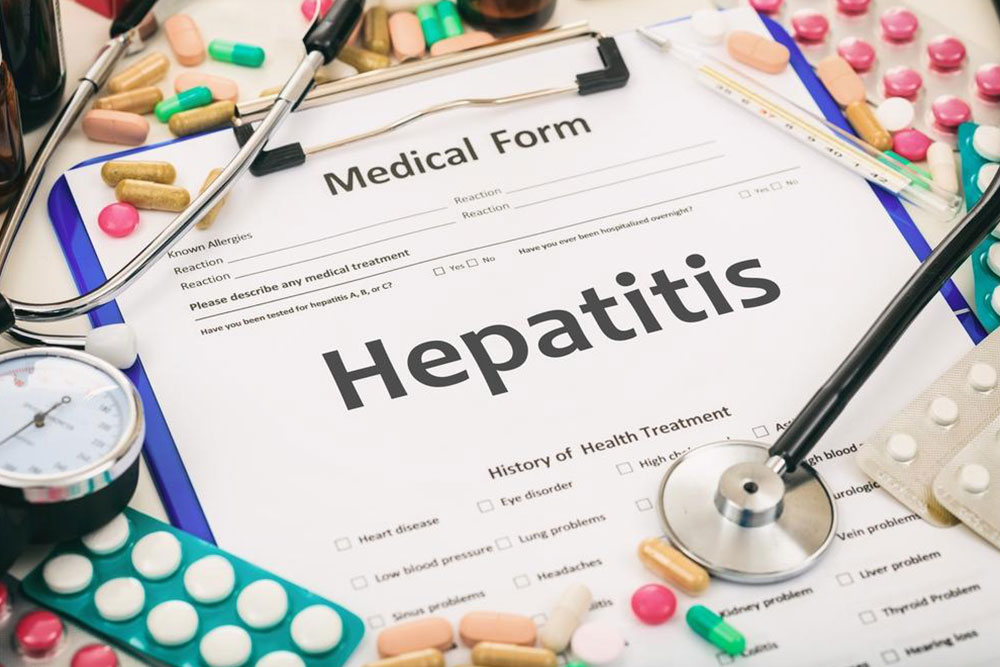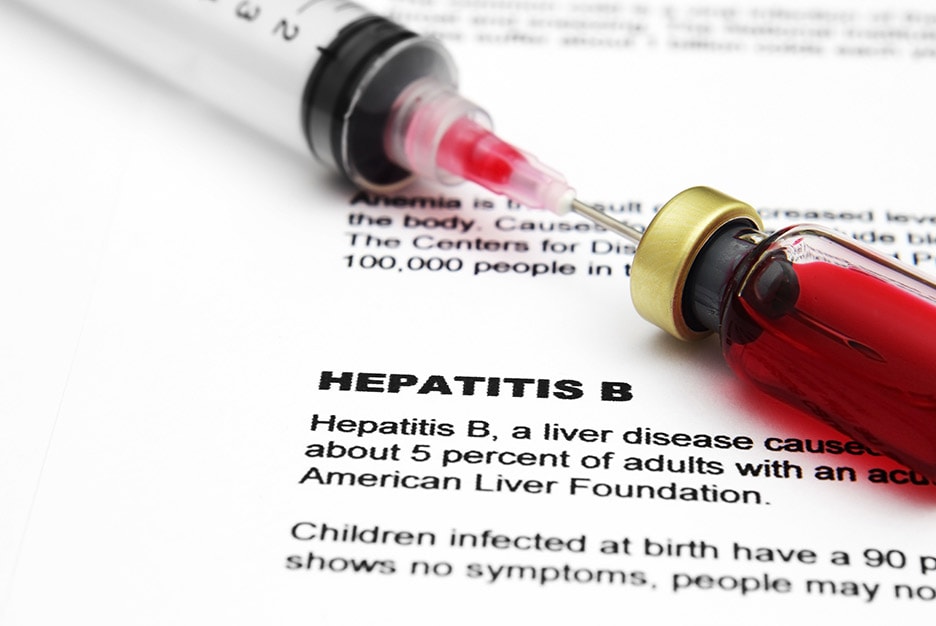Recognizing the Top Signs of Hepatitis C Infection
Hepatitis C often progresses with minimal symptoms, but early signs include fatigue, jaundice, and abdominal pain. Recognizing these symptoms is essential for early diagnosis and treatment, preventing serious complications like liver cirrhosis or cancer. This article highlights common symptoms and emphasizes the importance of blood testing for at-risk individuals. Early medical intervention can significantly reduce long-term liver damage caused by hepatitis C infection.

Recognizing the Top Signs of Hepatitis C Infection
Hepatitis C is a viral infection primarily assaulting the liver, often progressing quietly over years with minimal or no noticeable symptoms. Many individuals remain unaware of their infection until it is detected during routine blood tests or health screenings. The disease can remain hidden for decades before leading to serious conditions like cirrhosis or liver cancer.
Typically, hepatitis C is diagnosed during medical examinations, as its early symptoms are subtle or absent. Many people live unknowingly with the virus, highlighting the importance of awareness about its symptoms and risks. If untreated, it can cause significant liver damage over time.
Understanding the symptoms of hepatitis C is vital for early detection. Here are some common signs associated with both acute and chronic infection:
Initial (Acute) HCV Infection
After exposure to the virus, symptoms may develop within 2 to 26 weeks. Often mild, they include abdominal discomfort, jaundice, and flu-like feelings such as muscle aches, fatigue, and nausea. These typically resolve within a few weeks, lasting 2 to 12 weeks.
Long-term (Chronic) HCV Infection
When the infection persists beyond six months, it is classified as chronic, often progressing silently while gradually damaging the liver. Symptoms may remain absent initially but worsen with ongoing liver impairment, and include:
Persistent fatigue – A profound, ongoing tiredness that doesn't improve with rest, often linked to immune response or liver damage.
Nausea and vomiting – Due to toxin buildup from impaired liver function.
Abdominal discomfort – Especially on the right side where the liver resides.
Fever – A sustained rise in temperature, possibly accompanied by chills, loss of appetite, fatigue, and sweating.
Itching – Skin sensations caused by liver dysfunction.
Jaundice – Yellowing of skin and eyes from bilirubin accumulation.
Muscle and joint pain – Discomfort resulting from toxin buildup in the bloodstream.
Darker urine – Urine may appear coffee-colored due to bilirubin levels.
Swelling in abdomen and ankles – Fluid retention from cirrhosis causes edema.
Easy bruising – Increased bleeding tendency.
Hepatitis C spreads mainly through blood contact. The infectivity period is indefinite without treatment; the virus remains present as long as the infection persists. Symptoms may appear 6 to 10 weeks post-infection, but some individuals remain asymptomatic for years. Early intervention can prevent severe liver damage, so anyone exposed or showing symptoms should see a healthcare provider for proper testing and treatment options.










